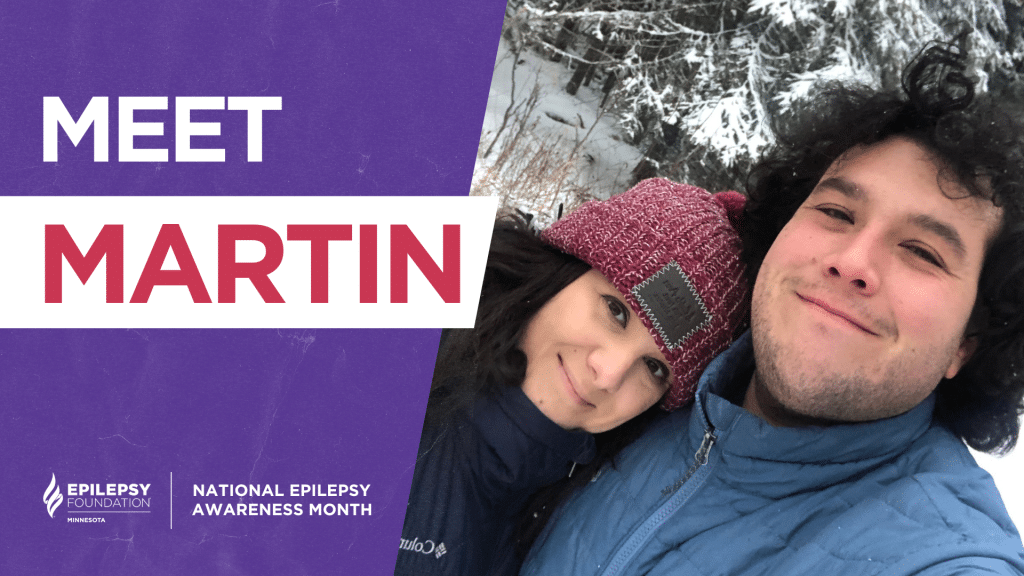Welcome to EFMN’s Spotlight Series!
It’s National Epilepsy Awareness Month and the Epilepsy Foundation of Minnesota (EFMN) is taking this time to shine the spotlight on our Regional Outreach Managers who live out our mission every day, connecting individuals and families to real resources in our communities, ensuring no one journeys with epilepsy alone.
Did you know we have five Regional Outreach Managers working across the state? Our Outreach Managers live in the same communities they serve. Because of these amazing leaders, EFMN is able to be there for those who need us; no matter who, no matter where, no matter when.
Meet Martin Hernandez, Regional Outreach Manager for Southern Minnesota. Martin has been with EFMN for a year and a half and when we asked him what he was most proud of this year he told us, “I am most proud of how many families I have been able to meet and learn their stories; their stories are always unique and empowering. And when we have statewide events, I am proud to be recognized by many folks in my region.” That is a testament to our regional outreach manager and how strong their bond with their communities really is! Martin’s favorite dish to cook is chilaquilas and he has the right idea when it comes to a perfect day, “I enjoy hiking and watching movies, a good combination of indoor and outdoor activities make up a perfect day for me.”
Read below to learn how Martin has created a special partnership with one school district in Southern Minnesota to help ensure their schools are seizure smart.
What do you enjoy about your work?
I enjoy being able to connect with people in my area. Helping them to cover the gaps in the resources that they need to live their lives to the fullest.
What are you focused on for 2023?
In 2023, my focus is expanding the scope of the work that I do. Ensuring that all people in southern Minnesota have access to the resources we can provide and are aware that we are a hub for families living with epilepsy to connect and dialogue.
What is one myth you would dispel about epilepsy and seizures?
That epilepsy can look different for different people, and that not all seizures look like your “stereotypical” seizure.
Martin, do you have any examples of how the Seizure Smart Schools legislation has had a direct impact on schools in your community?
I have had a wonderful relationship with the Madelia schools. Their School board has taken a very active role in ensuring that their students and staff are all trained on our Seizure Smart Training. They have been proactive in attempting to keep track of who has received our training and ensuring that staff and students alike are fully understanding the basics of seizures and epilepsy. I have already had the opportunity to host the training at the elementary school, helping to educate students in grades K-6, and coming up this month I will be conducting a full-site training at both their elementary and high school!
